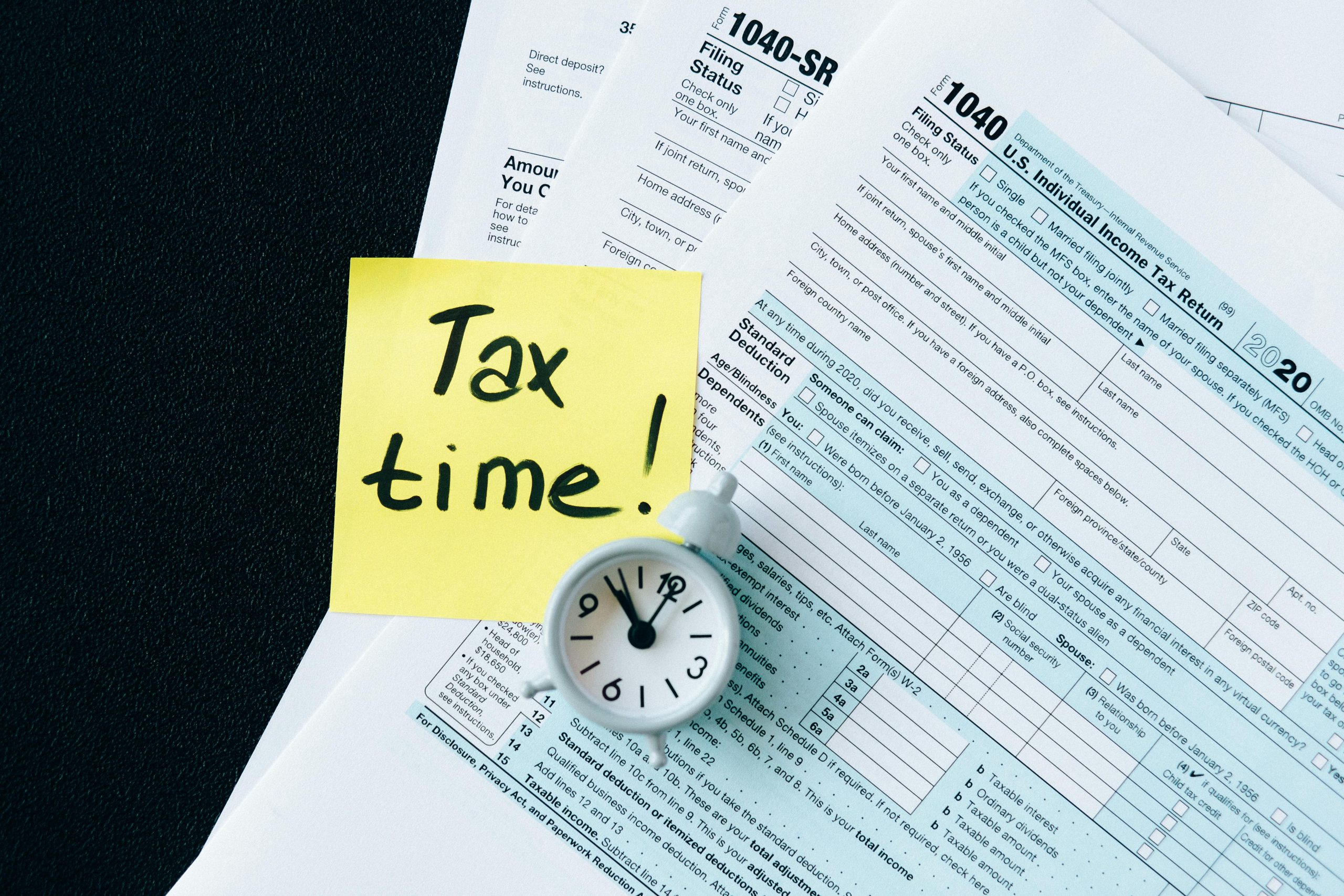Urgent Upgrades Needed to Prevent Overcrowding at Euston Tube Stations, Engineers Warn
Euston tube stations are facing a critical situation as a recent report by engineers highlights the urgent need for upgrades to prevent them from becoming inoperable. The issue stems from severe overcrowding that is threatening to disrupt operations at these vital transport hubs.
The engineers’ findings underscore the need for immediate interventions to increase capacity and enhance infrastructure. Without these improvements, the stations risk being unable to function effectively, potentially causing significant inconvenience for the countless commuters who rely on them daily.
The report emphasizes the importance of proactive measures to ensure that Euston’s transport facilities can accommodate the growing population and their increasing travel demands. It’s a clear call to action for stakeholders to prioritize these upgrades and maintain the smooth operation of one of London’s key transit points.
As the conversation around urban transit solutions continues, this development serves as a reminder of the challenges faced by aging infrastructure in rapidly growing cities. The situation at Euston is a pressing example of the need for strategic planning and investment in public transportation.


Important Perspective on Euston Station Upgrades
As a London resident who relies heavily on Euston station, I appreciate the attention this issue is receiving. Overcrowding isn’t just an inconvenience; it’s a safety concern, especially during peak hours or emergencies. Upgrading infrastructure should prioritize not only passenger capacity but also accessibility and safety features to accommodate our city’s growth sustainably.
Additionally, I believe investing in alternative transport options and promoting off-peak travel can alleviate some pressure. For example, improved cycling infrastructure and encouragement for flexible working arrangements could help disperse demand more evenly across the city’s transport network.
It’s crucial that stakeholders engage with local communities in planning these upgrades to ensure that improvements meet the actual needs of daily users. With strategic investment, Euston can continue to serve as a vital artery for London’s future mobility.